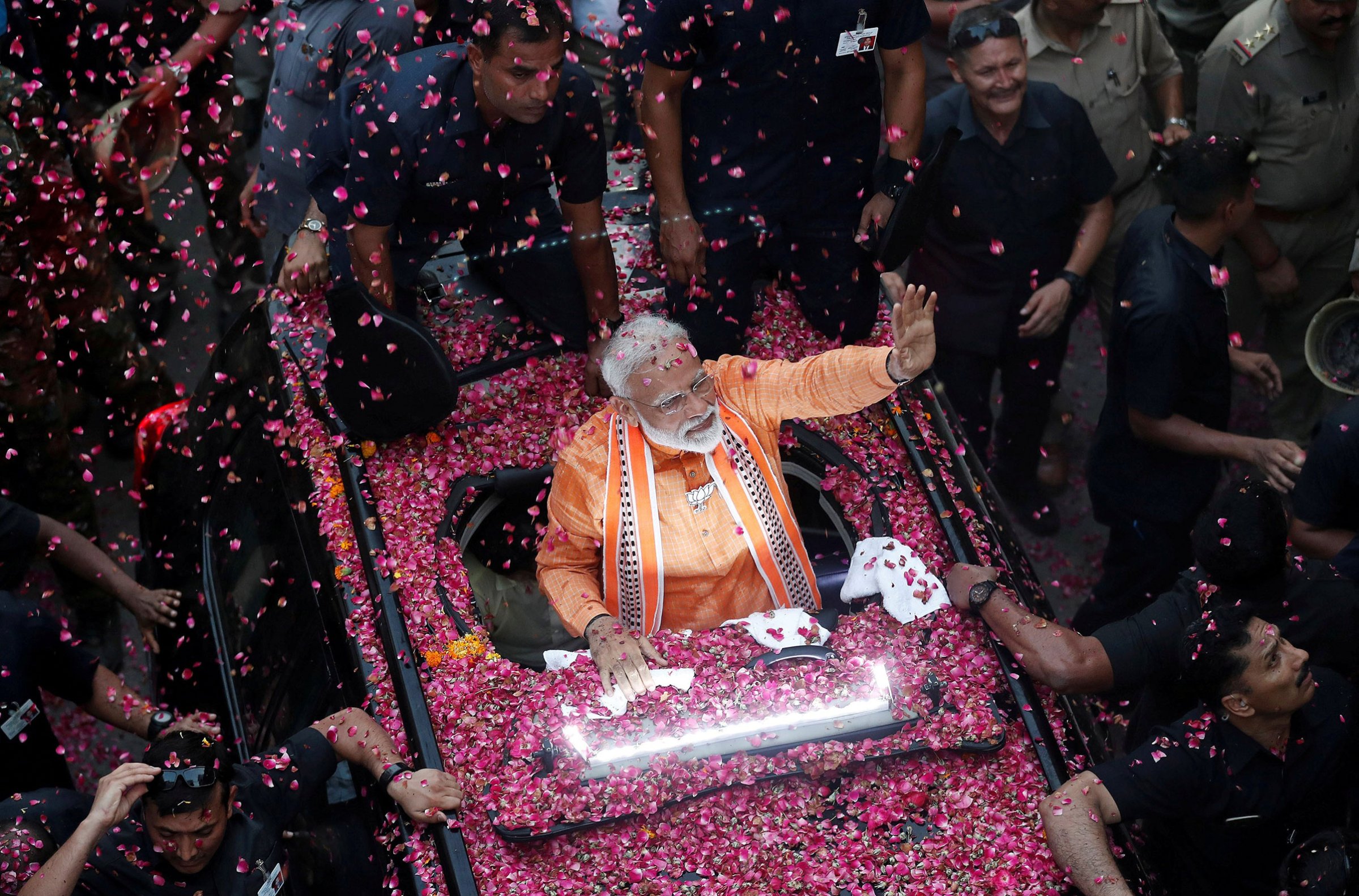
Of the great democracies to fall to populism, India was the first.
In 2014, Narendra Modi, then the longtime chief minister of the western state of Gujarat and leader of the Hindu nationalist Bharatiya Janata Party (BJP), was elected to power by the greatest mandate the country had seen in 30 years. India until then had been ruled primarily by one party–the Congress, the party of Indira Gandhi and Jawaharlal Nehru–for 54 of the 67 years that the country had been free.
Read Ian Bremmer’s “Modi Is India’s Best Hope for Economic Reform”
Now, India is voting to determine if Modi and the BJP will continue to control its destiny. It is a massive seven-phase exercise spread over 5½ weeks in which the largest electorate on earth–some 900 million–goes to the polls. To understand the deeper promptings of this enormous expression of franchise–not just the politics, but the underlying cultural fissures–we need to go back to the first season of the Modi story. It is only then that we can see why the advent of Modi is at once an inevitability and a calamity for India. The country offers a unique glimpse into both the validity and the fantasy of populism. It forces us to reckon with how in India, as well as in societies as far apart as Turkey and Brazil, Britain and the U.S., populism has given voice to a sense of grievance among majorities that is too widespread to be ignored, while at the same time bringing into being a world that is neither more just, nor more appealing.
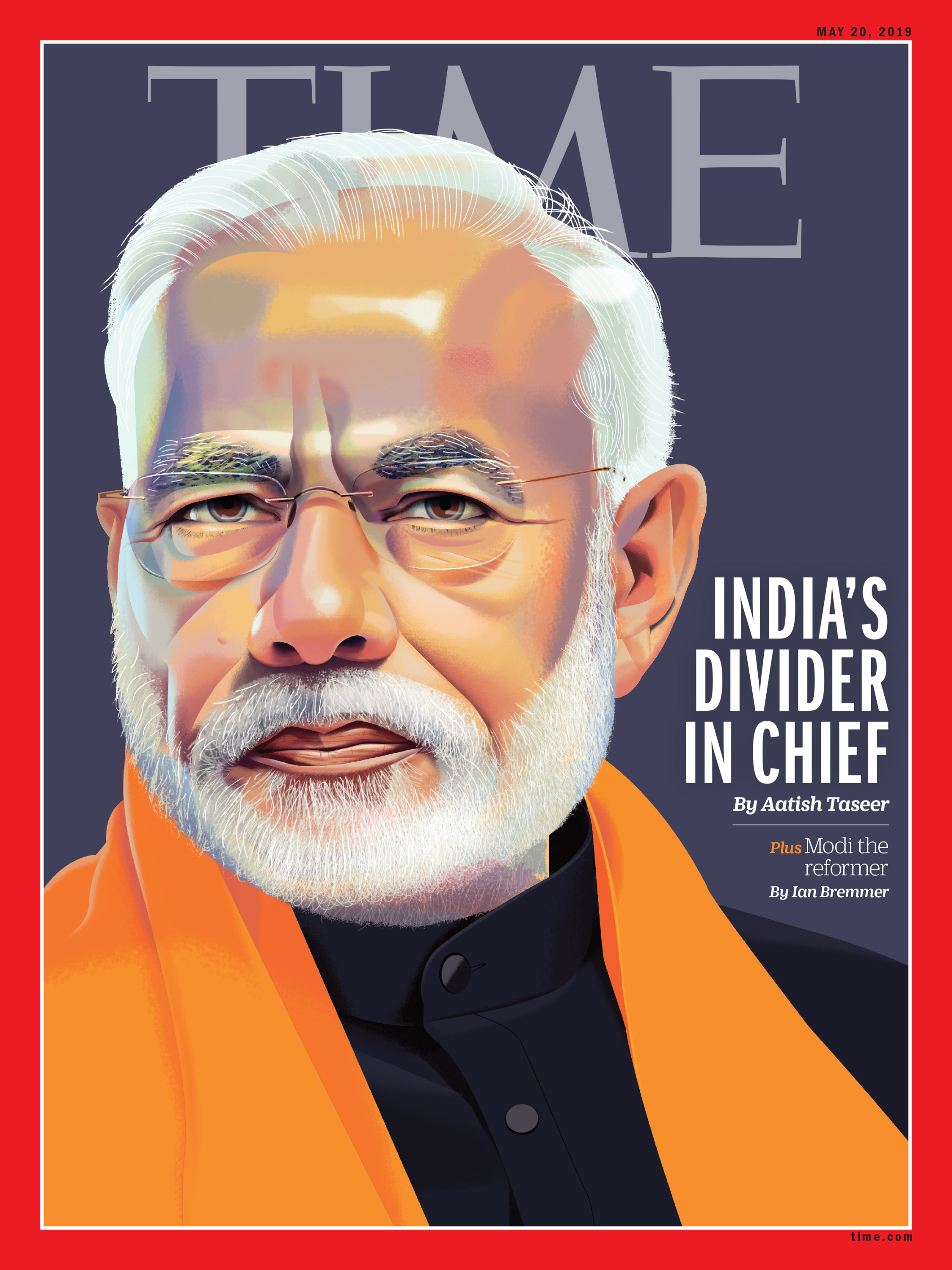
The story starts at independence. In 1947, British India was split in two. Pakistan was founded as a homeland for Indian Muslims. But India, under the leadership of its Cambridge-educated Prime Minister, Jawaharlal Nehru, chose not to be symmetrically Hindu. The country had a substantial Muslim population (then around 35 million, now more than 172 million), and the ideology Nehru bequeathed to the newly independent nation was secularism. This secularism was more than merely a separation between religion and state; in India, it means the equal treatment of all religions by the state, although to many of its critics, that could translate into Orwell’s maxim of some being more equal than others. Indian Muslims were allowed to keep Shari’a-based family law, while Hindus were subject to the law of the land. Arcane practices–such as the man’s right to divorce a woman by repudiating her three times and paying a minuscule compensation–were allowed for Indian Muslims, while Hindus were bound by reformed family law and often found their places of worship taken over by the Indian state. (Modi made the so-called Triple Talaq instant divorce a punishable offense through an executive order in 2018.)
Nehru’s political heirs, who ruled India for the great majority of those post-independence years, established a feudal dynasty, while outwardly proclaiming democratic norms and principles. India, under their rule, was clubbish, anglicized and fearful of the rabble at the gates. In May 2014 those gates were breached when the BJP, under Modi, won 282 of the 543 available seats in Parliament, reducing the Congress to 44 seats, a number so small that India’s oldest party no longer even had the right to lead the opposition.
Populists come in two stripes: those who are of the people they represent (Erdogan in Turkey, Bolsonaro in Brazil), and those who are merely exploiting the passions of those they are not actually part of (the champagne neo-fascists: the Brexiteers, Donald Trump, Imran Khan in Pakistan). Narendra Modi belongs very firmly to the first camp. He is the son of a tea seller, and his election was nothing short of a class revolt at the ballot box. It exposed what American historian Anne Applebaum has described as “unresolvable divisions between people who had previously not known that they disagreed with one another.” There had, of course, been political differences before, but what Modi’s election revealed was a cultural chasm. It was no longer about left, or right, but something more fundamental.
The nation’s most basic norms, such as the character of the Indian state, its founding fathers, the place of minorities and its institutions, from universities to corporate houses to the media, were shown to be severely distrusted. The cherished achievements of independent India–secularism, liberalism, a free press–came to be seen in the eyes of many as part of a grand conspiracy in which a deracinated Hindu elite, in cahoots with minorities from the monotheistic faiths, such as Christianity and Islam, maintained its dominion over India’s Hindu majority.
Modi’s victory was an expression of that distrust. He attacked once unassailable founding fathers, such as Nehru, then sacred state ideologies, such as Nehruvian secularism and socialism; he spoke of a “Congress-free” India; he demonstrated no desire to foster brotherly feeling between Hindus and Muslims. Most of all, his ascension showed that beneath the surface of what the elite had believed was a liberal syncretic culture, India was indeed a cauldron of religious nationalism, anti-Muslim sentiment and deep-seated caste bigotry. The country had a long history of politically instigated sectarian riots, most notably the killing of at least 2,733 Sikhs in the streets of Delhi after the 1984 assassination of Indira Gandhi by her Sikh bodyguards. The Congress leadership, though hardly blameless, was able, even through the selective profession of secular ideals, to separate itself from the actions of the mob. Modi, by his deafening silences after more recent atrocities, such as the killing of more than 1,000 people, mostly Muslims, in his home state of Gujarat in 2002, proved himself a friend of the mob. He made one yearn for the hypocrisies of the past, for, as Aldous Huxley writes, at least “the political hypocrite admits the existence of values higher than those of immediate national, party or economic interest.” Modi, without offering an alternative moral compass, rubbished the standards India had, and made all moral judgment seem subject to conditions of class and culture warfare. The high ideals of the past have come under his reign to seem like nothing but the hollow affectations of an entrenched power elite. When, in 2019, Modi tweets, “You know what is my crime for them? That a person born to a poor family is challenging their Sultunate [sic],” he is trying to resurrect the spirit of 2014, which was the spirit of revolution. Them is India’s English-speaking elite, as represented by the Congress party; sultanate is a dog whistle to suggest that all the heirs of foreign rule in India–the country had centuries of Muslim rule before the British took over in 1858–are working in tandem to prevent the rise of a proud Hindu nation.
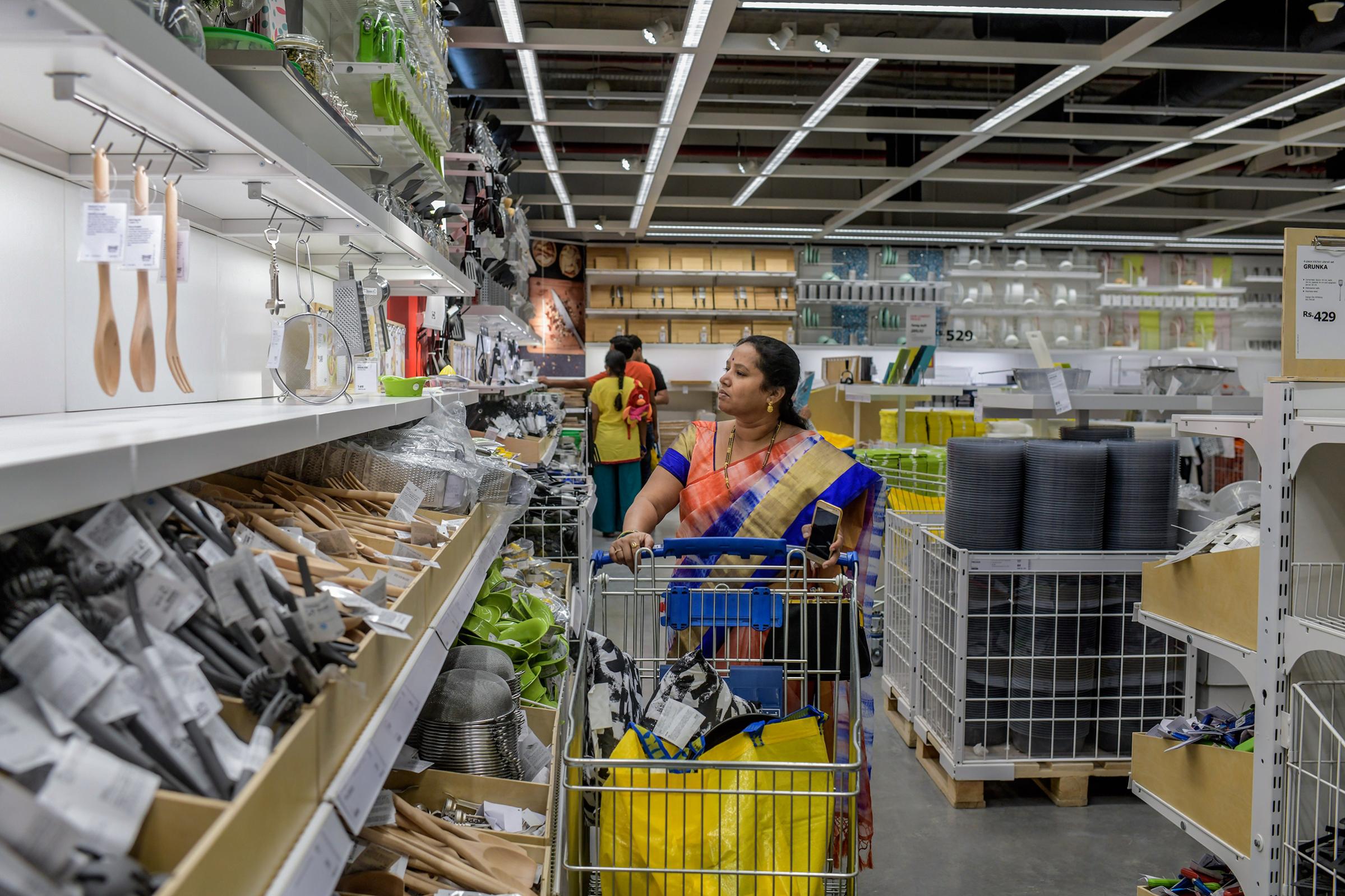
In 2014, Modi converted cultural anger into economic promise. He spoke of jobs and development. Taking a swipe at the socialist state, he famously said, “Government has no business being in business.” That election, though it is hard to believe now, was an election of hope. When the Delhi press tried to bait the Modi voter with questions about building a temple in Ayodhya, a place where Hindu nationalist mobs in 1992 had destroyed a 16th century mosque, said to stand at the birthplace of the Hindu epic hero Ram, they stoutly responded with: “Why are you talking to us of temples, when we are telling you that we’re voting for him because we want development.” Sabka saath, sabka vikas–“Together with all, development for all”–was Modi’s slogan in 2014.
As India votes this month, the irony of those words is not lost on anyone. Not only has Modi’s economic miracle failed to materialize, he has also helped create an atmosphere of poisonous religious nationalism in India. One of his young party men, Tejasvi Surya, put it baldly in a speech in March 2019, “If you are with Modi, you are with India. If you are not with Modi, then you are strengthening anti-India forces.” India’s Muslims, who make up some 14% of the population, have been subjected to episode after violent episode, in which Hindu mobs, often with what seems to be the state’s tacit support, have carried out a series of public lynchings in the name of the holy cow, that ready symbol of Hindu piety. Hardly a month goes by without the nation watching agog on their smartphones as yet another enraged Hindu mob falls upon a defenseless Muslim. The most enduring image of Modi’s tenure is the sight of Mohammad Naeem in a blood-soaked undershirt in 2017, eyes white and enlarged, begging the mob for his life before he is beaten to death. The response of leadership in every instance is the same: virtual silence. Basic norms and civility have been so completely vitiated that Modi can no longer control the direction of the violence. Once hatred has been sanctioned, it is not always easy to isolate its target, and what the BJP has discovered to its dismay is that the same people who are willing to attack Muslims are only too willing to attack lower-caste Hindus as well. The party cannot afford to lose the lower-caste vote, but one of the ugliest incidents occurred in Modi’s home state of Gujarat, in July 2016, when upper-caste men stripped four lower-caste tanners, paraded them in the streets and beat them with iron rods for allegedly skinning a cow.
Modi’s record on women’s issues is spotty. On the one hand, he made opportunity for women and their safety a key election issue (a 2018 report ranked the country the most dangerous place on earth for women); on the other hand, his attitude and that of his party men feels paternalistic. He caused outrage in 2015 when he said Sheikh Hasina, Bangladesh’s Prime Minister, had a good record on terrorism, “despite being a woman”; Modi’s deputy, Amit Shah, speaks of women as having the status of deities, ever the refuge of the religious chauvinist who is only too happy to revere women into silence. Yet Modi also appointed a woman Defense Minister.
If these contradictions are part of the unevenness of a society assimilating Western freedoms, it must be said that under Modi minorities of every stripe–from liberals and lower castes to Muslims and Christians–have come under assault. Far from his promise of development for all, he has achieved a state in which Indians are increasingly obsessed with their differences. If in 2014 he was able to exploit difference in order to create a climate of hope, in 2019 he is asking people to stave off their desperation by living for their differences alone. The incumbent may win again–the opposition, led by Rahul Gandhi, an unteachable mediocrity and a descendant of Nehru, is in disarray–but Modi will never again represent the myriad dreams and aspirations of 2014. Then he was a messiah, ushering in a future too bright to behold, one part Hindu renaissance, one part South Korea’s economic program. Now he is merely a politician who has failed to deliver, seeking re-election. Whatever else might be said about the election, hope is off the menu.
I covered the 2014 election from the holy city of Varanasi, which Modi had chosen as his constituency, repurposing its power over the Hindu imagination, akin to that of Jerusalem, Rome or Mecca, to fit his politics of revival. That election split me in two: on the one hand, I knew, as someone of Muslim parentage (my father was a Pakistani Muslim) and a member of India’s English-speaking elite, that the country Modi would bring into being would have no place for me; on the other hand, I was in sympathy with Modi’s cultural diagnosis of what power looked and felt like in India. In the West, the charge that liberalism, or leftism, corresponds to the power of an entitled elite is relatively new and still contestable. In India, for decades to be left-wing or liberal was to belong to a monstrously privileged minority. Until recently, there was no equivalent group on the right, no New England Republicans, no old-fashioned Tories. It was easy to feel that being left-wing was the province of a privileged few who had gone to university abroad, where they had picked up the latest political and intellectual fashions.
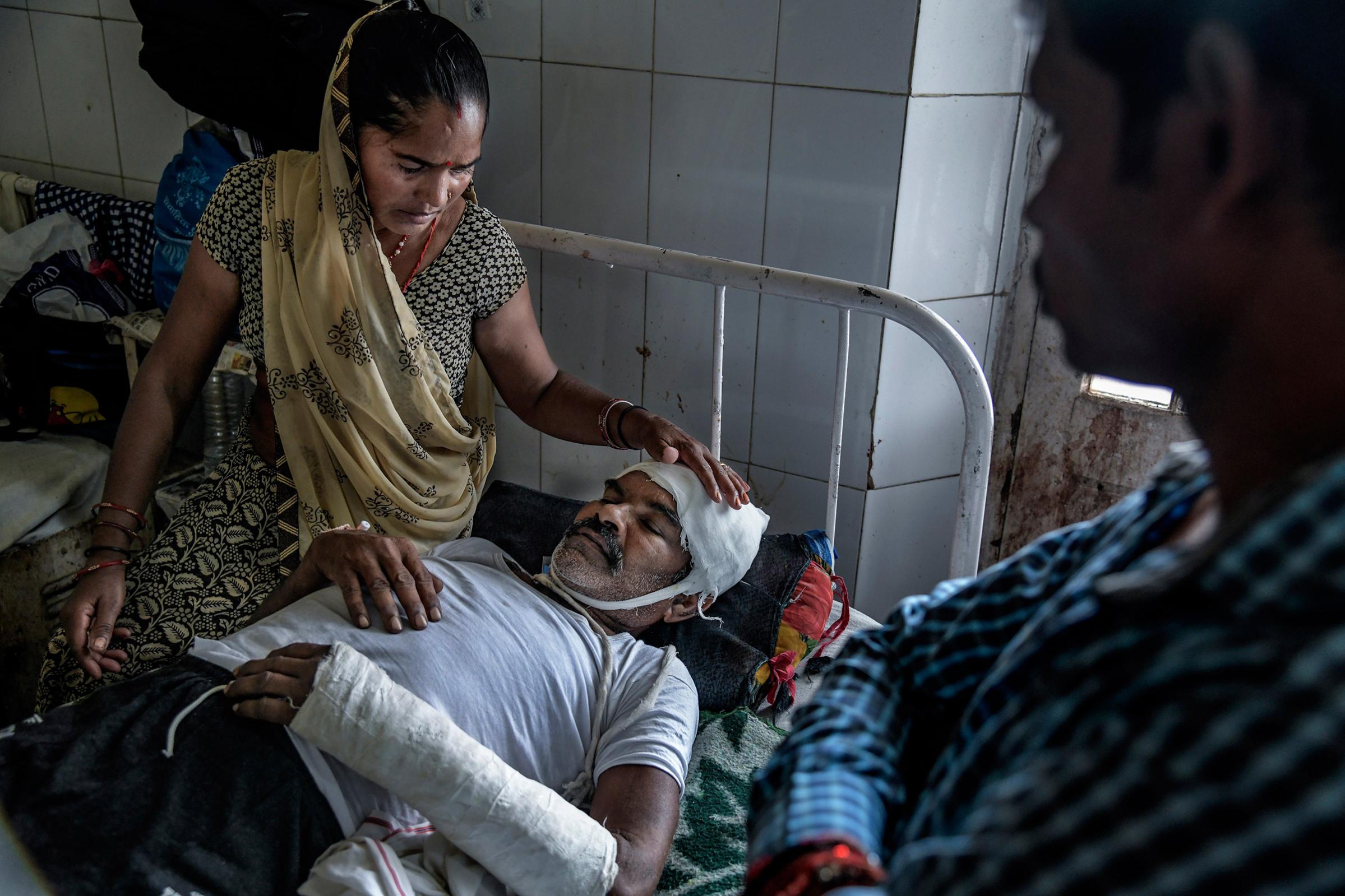
Modi in 2014 was able to make the cultural isolation of the Indian elite seem political–part of a foreign-led conspiracy to undermine the “real” India. He revealed that a powerful segment of the country was living in a bubble. It was an effective political tactic, but it also obscured the fact that “real” India was living in a bubble of its own. Nehru had always been clear: India was not going to become a modern country by being more authentically itself. It needed the West; it needed science and technology; it needed, above all, to embrace “the scientific temper” and to eschew the obscurantism and magic that was at the heart of its traditional life. Modi, inadvertently or deliberately, has created a bewildering mental atmosphere in which India now believes that the road to becoming South Korea runs through the glories of ancient India. In 2014 Modi suggested at a gathering of doctors and medical professionals in Mumbai that ancient Indians knew the secrets of genetic science and plastic surgery. “We worship Lord Ganesha,” he said of the Hindu deity. “There must have been some plastic surgeon at that time who got an elephant’s head on the body of a human being and began the practice of plastic surgery.”
He has in every field, from politics and economics to Indology itself, privileged authenticity over ability, leading India down the road to a profound anti-intellectualism. He appointed Swaminathan Gurumurthy, Hindu nationalist ideologue, to the board of the Reserve Bank of India–a man of whom the renowned Columbia economist Jagdish Bhagwati said, “If he’s an economist, I’m a Bharatanatyam dancer.” It was Gurumurthy who, in a quest to deal with the menace of “black money,” is thought to have advised Modi to put 86% of India’s banknotes out of commission overnight in 2016, causing huge economic havoc from which the country is yet to recover. Modi now finds himself seeking to hold power in a climate of febrile nationalism, with a platform whose themes have much more to do with national security and profiting from recent tensions between India and Pakistan than with economic growth.
In 2017, after winning state elections in Uttar Pradesh, India’s most populous state, which happens also to have its largest Muslim population, the BJP appointed a hate-mongering priest in robes of saffron, the color of Hindu nationalism, to run that state. Yogi Adityanath had not been the face of the campaign. If he was known at all, it was for vile rhetoric, here imploring crowds to kill a hundred Muslims for every Hindu killed, there sharing the stage with a man who wanted to dig up the bodies of Muslim women and rape them. Modi has presided over a continuous assault on the grove of academe, where the unqualified and semiliterate have been encouraged to build their shanties. Academia in India was dogmatically left-wing, but rather than change its politics, Modi attacked the idea of qualification itself. From the Indian Council of Historical Research (ICHR) to Jawaharlal Nehru University (JNU), which produced a roll call of politicians and intellectuals, India’s places of learning have been hollowed out, the administration and professors chosen for their political ideology rather than basic levels of proficiency.
Modi is right to criticize an India in which modernity came to be synonymous with Westernization, so that all those ideas and principles that might have had universal valence became the preserve of those who were exposed to European and American culture. What Modi cannot–or will not–do is tell India the hard truth that if she wishes to be a great power, and not a Hindu theocracy, the medieval Indian past, mired in superstition and magic, must go under. It is not enough to be more truly oneself. “In India, as in Europe,” wrote the great Sri Lankan historian A.K. Coomaraswamy, “the vestiges of ancient civilization must be renounced: we are called from the past and must make our home in the future. But to understand, to endorse with passionate conviction, and to love what we have left behind us is the only possible foundation for power.” The desperation that underlies Modi’s India is that of people clinging to the past, ill-equipped for the modern world, people in whom the zealous love of country stands in for real confidence.
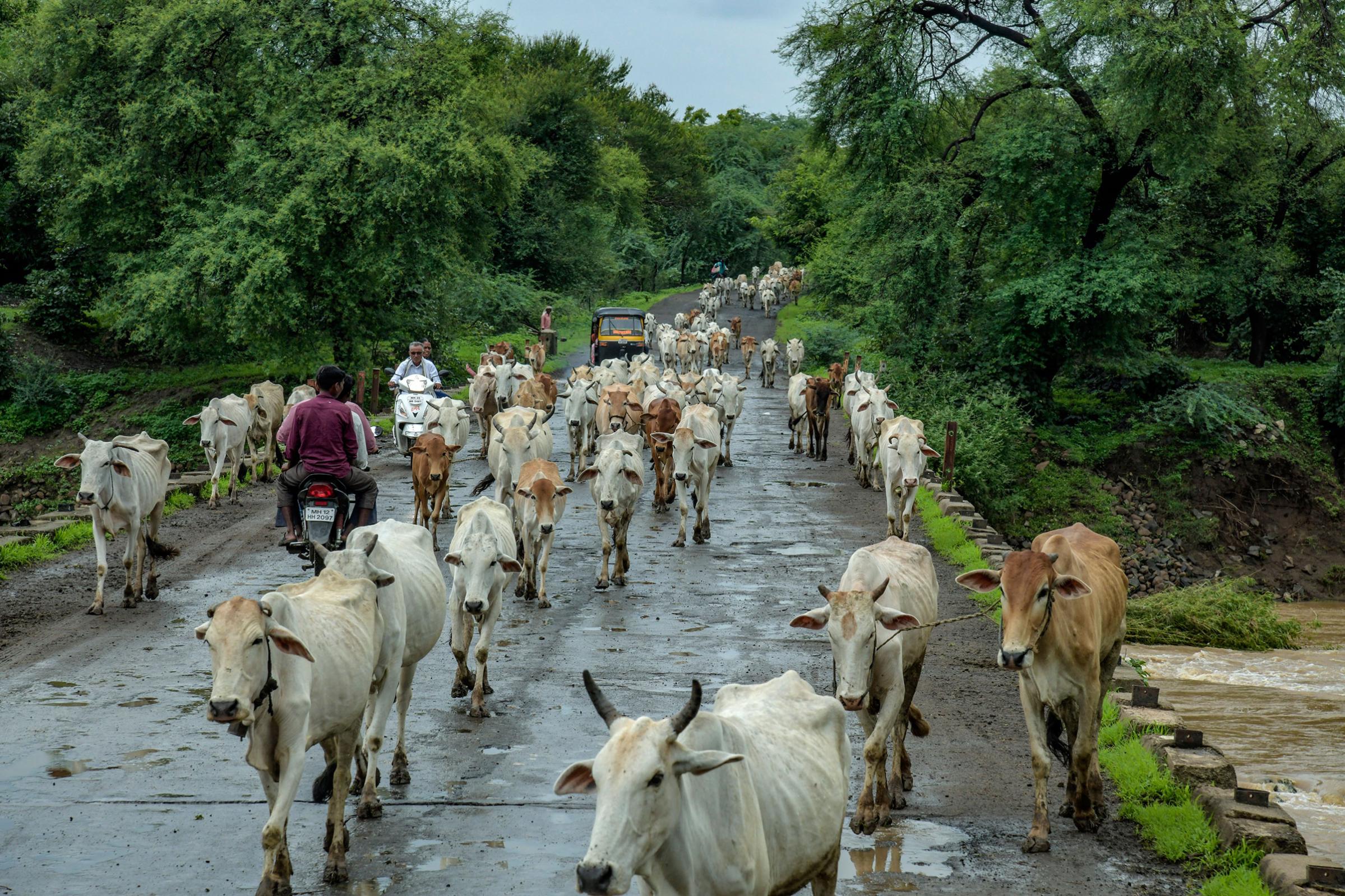
The question of what is hers, and what has come from the outside, is a constant source of anxiety in India. The same process that made the Indian elite “foreigners in their own land”–in Mahatma Gandhi’s phrasing–is repeating, albeit unevenly, throughout the country across classes and groups never exposed to Western norms and culture in the past. “Our culture is being decimated,” one young member of the ABVP–the most powerful Hindu nationalist youth organization in the country–told me in Varanasi. “Many in my family have received degrees in commerce; but I chose to be nearer my culture. A great civilization, like ours, cannot be subdued without the complicity of men on the inside, working against us. Someone–I cannot say who–is controlling us, and there is but the difference of a syllable between vikas [development] and vinasha [ruin].”
This young Hindu nationalist is part of a new generation of Indians, untouched by colonization, but not spared globalization. They live with a profound sense of being trifled with. They feel their culture and religion has been demeaned; they entertain fantasies of “Hinduphobia” and speak with contempt of “sickluars,” “libtards” and the “New Yuck Times.” One has the feeling they are converting their sense of cultural loss into a political ideology. It produces in them a rage for the Other–Muslims, lower castes, the Indian elite–“the men on the inside,” who have more generations of Westernization behind them. Last month, Amit Shah compared Muslim immigrants to “termites,” and the BJP’s official Twitter handle no longer bothers with dog whistles: “We will remove every single infiltrator from the country, except Buddha [sic], Hindus and Sikhs.” If this wasn’t bad enough, the BJP’s candidate for the central Indian city of Bhopal, with its rich Muslim history and a Muslim population of over 25%, is a saffron-clad female saint, who stands accused of masterminding a terrorist attack in which six people were killed near a mosque. Currently out on bail, Sadhvi Pragya Thakur’s candidacy marks that all-too-familiar turn when the specter of extreme nationalism and criminality become inseparable.
Modi’s India feels like a place where the existing order of things has passed away, without any credible new order having come into being. Modi has won–and may yet win again–but to what end? His brand of populism has certainly served as a convincing critique of Indian society, of which there could be no better symbol than the Congress Party. They have little to offer other than the dynastic principle, yet another member of the Nehru-Gandhi family. India’s oldest party has no more political imagination than to send Priyanka Gandhi–Rahul’s sister–to join her brother’s side. It would be the equivalent of the Democrat’s fielding Hillary Clinton again in 2020, with the added enticement of Chelsea as VP.
Modi is lucky to be blessed with so weak an opposition–a ragtag coalition of parties, led by the Congress, with no agenda other than to defeat him. Even so, doubts assail him, for he must know he has not delivered on the promise of 2014. It is why he has resorted to looking for enemies within. Like other populists, he sits in his white house tweeting out his resentment against the sultanate of “them.” And, as India gets ready to give this willful provincial, so emblematic of her own limitations, a second term, one cannot help but tremble at what he might yet do to punish the world for his own failures.
Taseer, a novelist and journalist, is the author, most recently, of The Twice-Born: Life and Death on the Ganges
More Must-Reads From TIME
- The 100 Most Influential People of 2024
- Coco Gauff Is Playing for Herself Now
- Scenes From Pro-Palestinian Encampments Across U.S. Universities
- 6 Compliments That Land Every Time
- If You're Dating Right Now , You're Brave: Column
- The AI That Could Heal a Divided Internet
- Fallout Is a Brilliant Model for the Future of Video Game Adaptations
- Want Weekly Recs on What to Watch, Read, and More? Sign Up for Worth Your Time
Contact us at letters@time.com